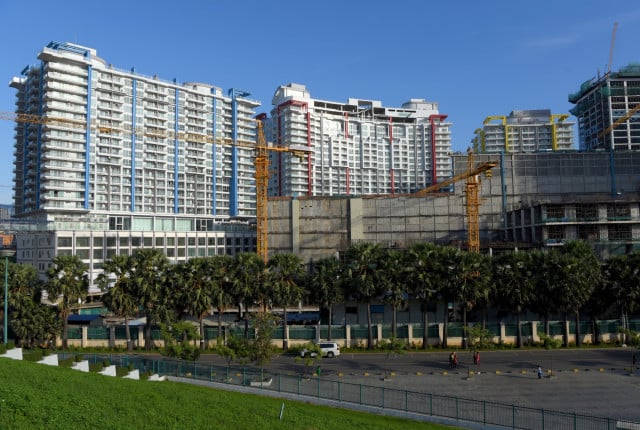Air Conditioning and Temperature Increases: The Infernal Duo

- By Cambodianess
- May 29, 2022 10:02 AM
Already in 2018, the International Energy Agency had warned of the explosion of energy demand due to the use of air conditioning.
“Global energy demand from air conditioners is expected to triple by 2050, requiring new electricity capacity the equivalent to the combined electricity capacity of the United States, the EU [European Union] and Japan today,” the agency’s press release on its report “The Future of Cooling” stated in May 2018. “The global stock of air conditioners in buildings will grow to 5.6 billion by 2050, up from 1.6 billion today – which amounts to 10 new ACs sold every second for the next 30 years.”
Today, it is clearly documented that the more we consume energy from fossil fuels (petroleum, coal) the more we contribute to global warming. Isn’t this a perfect vicious circle: The hotter it gets, the more we use air conditioning; the more we use air conditioning, the hotter it gets…
With its building construction boom, Cambodia contributes—no doubt in a small proportion but still—to the worldwide increasing demand for air-conditioners.
And yet, the country was the birthplace of a world-renowned architect, Vann Molyvann, whose natural ventilation was one of the main characteristics of his buildings.
“In the covered stadium within the sports complex, the tiers are conceived like panels. Running water underneath keeps seats cool. Holes transforms three of the walls into luminous screens producing soft lighting and cross-ventilation. An in-and-out effect: ecological construction before its time,” writes journalist Genevieve Brunet in a 2019 story in the French interior design and architecture online magazine IDEAT regarding one of the architect’s major works.
The Institute of Foreign Languages and the Chamkar Mon Compound’s State Palace, which today is the seat of the Senate, are among Vann Molyvann’s achievements pointed out the journalist in the magazine to stress his creativity regarding natural ventilation.
In the era during which Vann Molyvann employed his talent to serve the late King Norodom Sihanouk who was then head of state, that is, in the mid-1950s until 1970, global warming was not yet talked about. However, inspired by the country’s traditional home on stilts meant to keep temperature indoor as cool as possible and by using contemporary materials such as concrete, this architect had developed an architectural style from which it would no doubt be wise and refreshing nowadays to draw inspiration, at least in Cambodia, to counter the saying according to which no one is a prophet in his own country.















